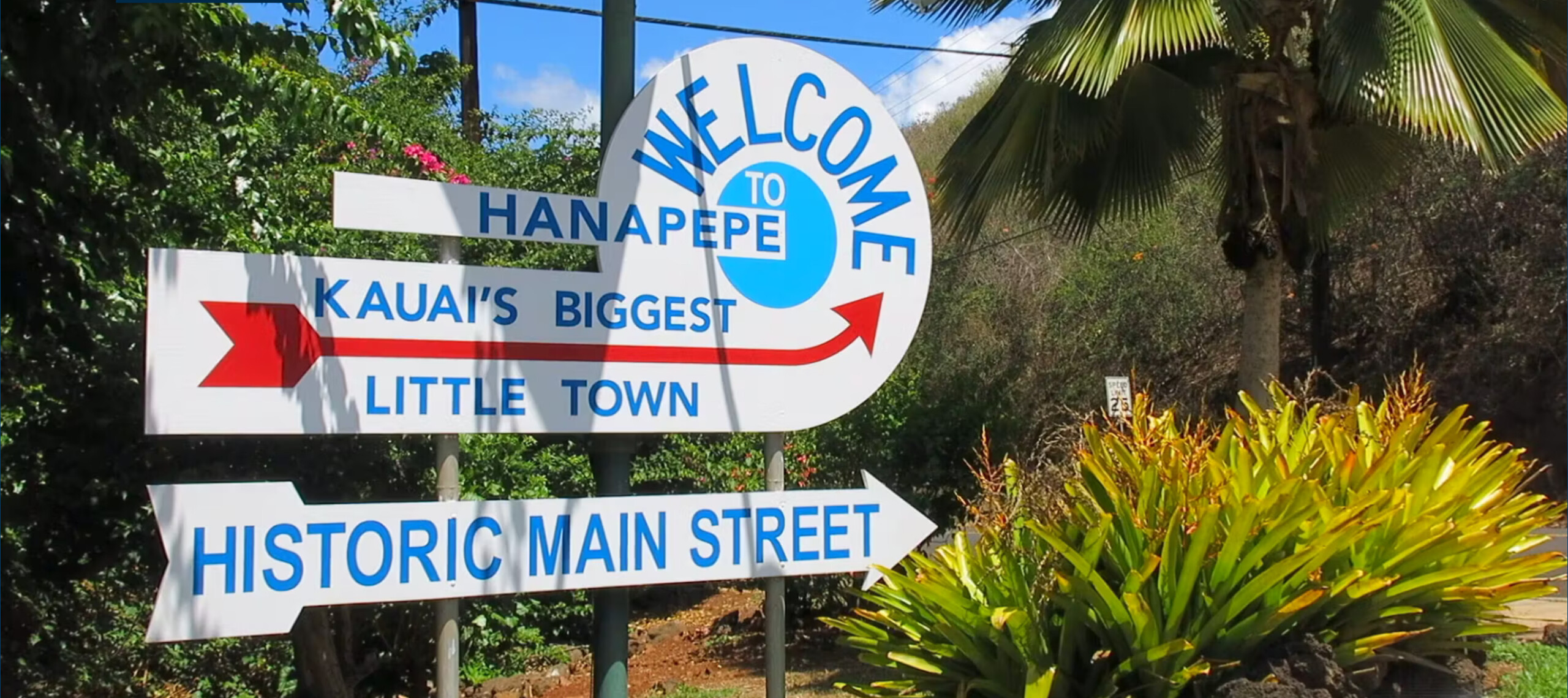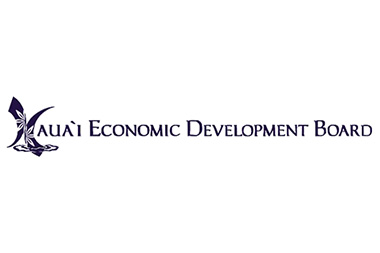By Tommy Noyes

The Hawai‘i Energy Policy Forum recognized Kaua‘i’s exemplary planning efforts. Left to right, HEPF co-chair Mike Hamnett; Kaua‘i Island Utilities Cooperative Power Supply Manager Brad Rockwell; HEPF co-chair Sharon Moriwaki; KIUC President and CEO David Bissell, Gov. David Ige, Mayor Bernard Carvalho Jr., and County of Kaua‘i Transportation Planner Lee Steinmetz. Contributed photo
Hawai‘i Gov. David Ige presented on Aug. 16 the Hawai‘i Energy Policy Forum’s Transformational Achievement in Advancing Clean Energy in Collaborative Problem Solving award to Kaua‘i Mayor Bernard Carvalho Jr. and the county’s team of planners.
Established in 2002 as a unique experiment in collaborative energy planning and policy making, the Hawai‘i Energy Policy Forum is an organization of more than 40 representatives from electric utilities, oil and natural gas suppliers, environmental and community groups, renewable energy industry, academia, and federal, state and local government — all working together to seek smart energy solutions to sustain a healthy, prosperous and secure Hawai‘i.
The forum reviewed nominations from around the state and found the Transportation Partnerships Revitalizing Līhu‘e Town to be the most compelling example of a collaborative effort. This award recognizes and thanks the County of Kaua‘i for its exceptional achievement in its work on Transportation Partnerships Revitalizing Līhu‘e Town, which advances clean energy for the benefit of Hawai‘i’s people. Partners identified in this county-coordinated effort include the Līhu‘e Business Association, Get Fit Kaua‘i, and Kaua‘i Path.
To put this effort into an historical perspective, a controversial topic of discussion on Kaua‘i through the 1960s and into the 1970s was, should Kaua‘i follow the land use policies in effect in the rest of Hawai‘i that allow high-rise buildings, or should we choose to restrict building heights? A lot of money was at stake on the decision. Some argued that high-rise hotels would maximize prosperity and profits from industrial tourism, while others passionately defended preserving open-view planes and sustaining the unique rural character of each of our communities.
Look around you, compare the view in Po‘ipū to anywhere in Honolulu or Maui’s Kā‘anapali. You’ll see how that matter was decided. With only three high-rise towers by Kalapakī Beach being the exception, no buildings on Kaua‘i are taller than four stories. Public process a generation ago determined the land use policies that have shaped the environment we live in today.
The point here is that policy decisions eventually have profound impacts on our daily lives, and the policies we adopt today have long-term effects.
Today, a hot topic is global warming. The State of Hawai‘i has endorsed an ambitious set of milestones to reach by 2030. These goals include community-wide changes to shift energy consumption away from fossil fuels and toward more sustainable sources while seeking greater efficiencies. The local policies we work on today will shape our environmental footprint a generation from now.
The County of Kaua‘i has been working for about two decades now on plans and projects that enhance the unique character of Līhu‘e. This transformation is based on preserving the historic buildings in the town core; focusing on transit, walkability, and bikeability; and revitalizing the town’s cultural and business district.
- Tommy Noyes is Kaua‘i Path’s executive director, a League of American Bicyclists Certified Instructor and active with the Kaua‘i Medical Reserve Corps.
Discover more from ForKauaiOnline
Subscribe to get the latest posts sent to your email.





Leave a Reply